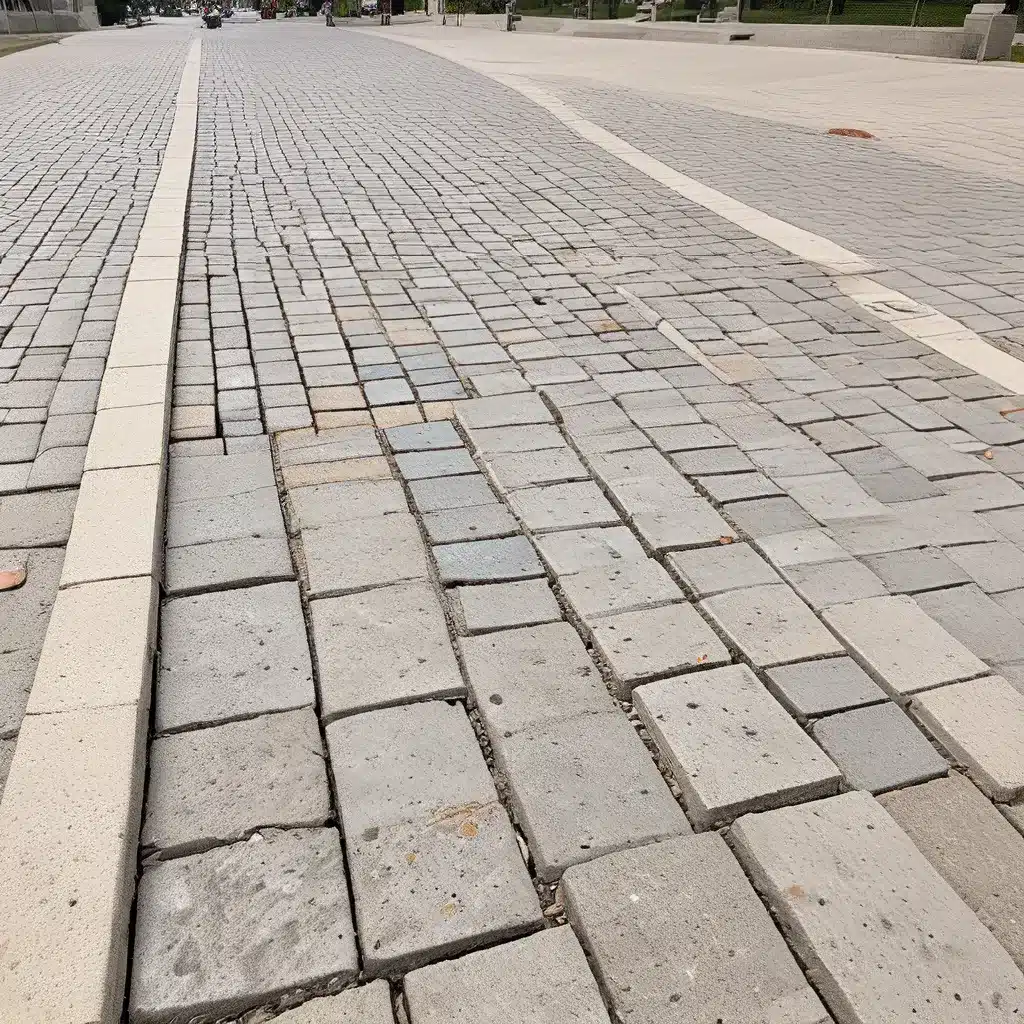
The Limits of Traditional Stormwater Infrastructure
Across the United States, our aging stormwater management systems are struggling to keep up with the demands of modern urban development. In Kansas City, the story is all too familiar – impervious surfaces like roads, parking lots, and buildings prevent rainfall from naturally infiltrating the ground, leading to a surge of stormwater runoff that overwhelms the city’s sewer systems.
This excess runoff carries a toxic cocktail of pollutants – from road salt and motor oil to fertilizers and animal waste – directly into our local waterways, devastating aquatic ecosystems and posing risks to public health. The environmental and economic toll of this problem is staggering, with the EPA estimating that 10 trillion gallons of untreated stormwater runoff enter U.S. waterways each year.
According to the NRDC, traditional “gray infrastructure” like storm drains and concrete pipes simply cannot keep up. These systems are designed to quickly channel runoff away, rather than allowing it to infiltrate naturally. As a result, they do little to actually reduce the volume of stormwater or improve its quality before it reaches our rivers, lakes, and streams.
Embracing Green Infrastructure for Sustainable Stormwater Management
Fortunately, there is a growing movement in Kansas City, and across the nation, to adopt a more sustainable approach to stormwater management – one that harnesses the power of nature to capture, filter, and reuse rainfall where it falls. This “green infrastructure” approach offers a cost-effective and multi-functional solution to the urban runoff crisis.
At the heart of this green revolution are permeable concrete pavers – an innovative paving material that allows rainfall to infiltrate the ground instead of rushing into storm drains. Unlike traditional impervious concrete or asphalt, permeable pavers have a specialized design that creates open voids in the surface, enabling water to seep through and be naturally filtered by the underlying soil and gravel layers.
The Benefits of Permeable Concrete Pavers
By embracing permeable concrete pavers, Kansas City can tackle its stormwater challenges on multiple fronts:
Reduced Flooding and Erosion: Permeable pavers reduce the volume of stormwater runoff by allowing it to gradually infiltrate the ground, rather than overwhelming the sewer system. This helps prevent localized flooding and the erosion of delicate waterway banks.
Improved Water Quality: As stormwater passes through the pavers and into the soil, natural filtration processes remove pollutants like heavy metals, oil, and bacteria before the water reaches local waterways. This helps protect aquatic ecosystems and public health.
Groundwater Recharge: By allowing rainfall to infiltrate the ground, permeable pavers replenish local groundwater supplies – an increasingly important benefit as drought and climate change strain our freshwater resources.
Climate Resilience: Permeable pavers can help mitigate the urban heat island effect, as their porous surface absorbs less heat than traditional impervious materials. This, in turn, can improve air quality and reduce energy demands for cooling.
Cost Savings: While the initial installation cost of permeable pavers may be slightly higher than traditional pavement, the long-term maintenance and operational savings can make them a wise investment. Permeable pavers have a longer lifespan than asphalt and require less frequent resurfacing, and they can also reduce the need for costly infrastructure upgrades to storm sewer systems.
Implementing Permeable Concrete Pavers in Kansas City
The City of Kansas City has already taken steps to incorporate permeable pavers into its stormwater management strategy, with successful pilot projects at various public facilities. However, to truly revolutionize the way the city handles runoff, wider adoption of this technology is needed – particularly in commercial and residential development projects.
Concrete contractors in Kansas City play a crucial role in driving this transition. By educating clients about the benefits of permeable pavers and offering expert installation services, they can help transform the city’s approach to stormwater management.
For homeowners, permeable pavers present an attractive option for driveways, patios, and walkways, providing both practical and aesthetic advantages. Businesses can also leverage permeable pavers in parking lots, sidewalks, and other high-traffic areas, contributing to a more sustainable and resilient built environment.
Overcoming Barriers to Adoption
Of course, the widespread adoption of permeable concrete pavers in Kansas City is not without its challenges. Some common barriers include:
- Lack of Awareness: Many property owners and developers may not be familiar with the technology or understand its benefits.
- Perceived Cost Concerns: While permeable pavers can offer long-term savings, the initial investment may deter some decision-makers.
- Installation Complexity: Proper installation requires specialized expertise to ensure the system functions as intended.
- Regulatory Hurdles: Local building codes and stormwater regulations may need to be updated to incentivize or mandate the use of permeable pavement solutions.
To overcome these barriers, the City of Kansas City and its network of concrete contractors must collaborate to raise awareness, provide educational resources, and advocate for policy changes that encourage the adoption of permeable pavers and other green infrastructure solutions.
Embracing the Future of Stormwater Management
As the effects of climate change continue to exacerbate urban flooding and water quality issues, the need for innovative, nature-based stormwater solutions has never been more pressing. By embracing permeable concrete pavers, Kansas City can future-proof its infrastructure, protect its natural resources, and enhance the livability of its communities.
Through a concerted effort between the city, concrete contractors, and engaged residents, Kansas City can position itself as a leader in sustainable stormwater management – setting an example for other municipalities across the country to follow. The time to act is now, as we work together to revolutionize the way we manage stormwater and build a more resilient, livable, and environmentally-conscious future for our community.

